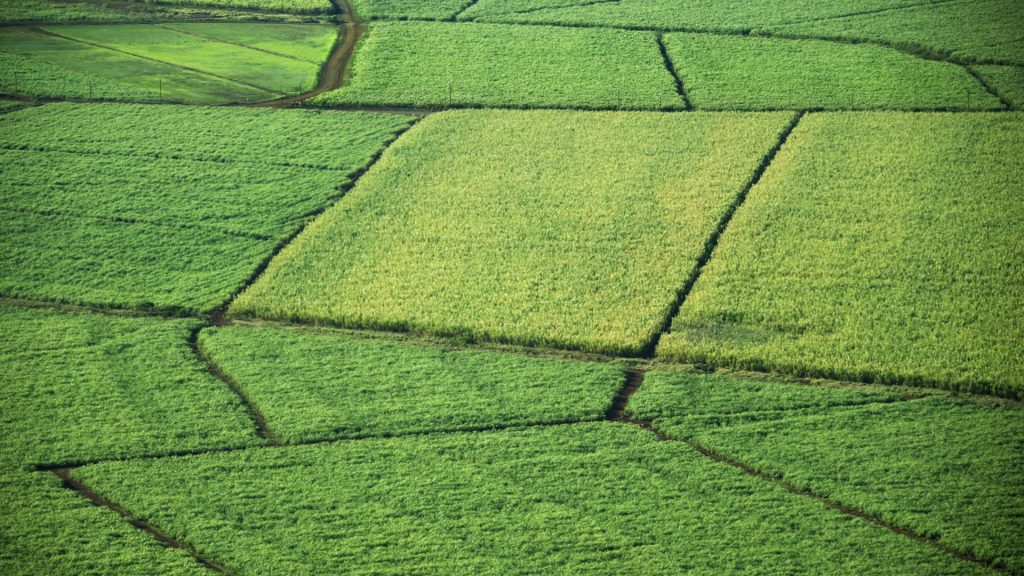When talking about DNA markers in plant breeding, two acronyms dominate the conversation: SSR and SNP. But what exactly are they — and why is the field moving more toward SNPs?
What Are SSRs?
Simple Sequence Repeats (SSRs), also known as microsatellites, are short tandem repeats of 2–6 nucleotides (like ATATAT…) found throughout the genome. These loci are highly polymorphic (multi-allelic), co-dominant, and ideal for detecting variability within and between populations. SSRs are detected via PCR followed by gel or capillary electrophoresis.
SSRs have served as the workhorse of molecular genetics for over two decades, particularly in genetic diversity analysis, mapping, and fingerprinting.
👉 For small labs or breeding programs with limited budgets, SSRs remain a cost-effective and robust solution, especially when working with a small number of markers or genotypes. They don’t require high-throughput infrastructure and can be analyzed with basic lab equipment.
What Are SNPs, and Why Are They Gaining Ground?
Single Nucleotide Polymorphisms (SNPs) are point mutations — a single base change in the DNA sequence (e.g., A → G). These are the most abundant form of genetic variation in plant genomes and can be genotyped using high-throughput platforms.
Here’s why breeders are shifting toward SNPs:
1. Higher Accuracy & Data Quality
SNPs produce unambiguous results — unlike SSRs, which sometimes give noisy or overlapping patterns. SNP genotyping is software-driven and highly reproducible, even across labs and platforms.
2. Faster Turnaround
SNPs reduce processing time. Genotyping results often come at least two days faster than SSRs — a critical advantage when selection decisions are time-sensitive.
3. Automation & Less Human Error
SSRs require manual scoring and gel interpretation, which can introduce inconsistencies. SNP analysis is fully automated, minimizing human error and increasing scalability.
4. Cost Efficiency at Scale
While initial setup can be higher, SNP genotyping becomes more economical as the number of samples and markers increases — making it ideal for genomic selection, fine mapping, and multi-trait selection.
SSR vs SNP Markers: A Technical Look at Two Cornerstones of Molecular Breeding

by

